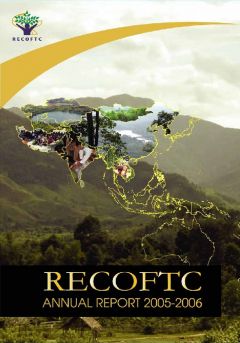Beyond Tenure: Rights-Based Approaches to Peoples and Forests - Some lessons from the Forest Peoples Programme
Abstract: In large parts of the world, forests remain the domain of the state in which the rights of forest-dependent
peoples are denied or insecure. E fforts to restore justice to, and alleviate the poverty of, these marginalized
communities have often focused on tenurial reforms. S ometimes those reforms have led to important improvements
in livelihoods, mainly by stabilizing communities’ land use systems and by giving them greater
security. H owever, these improvements have not prevented communities from suffering other forms of








